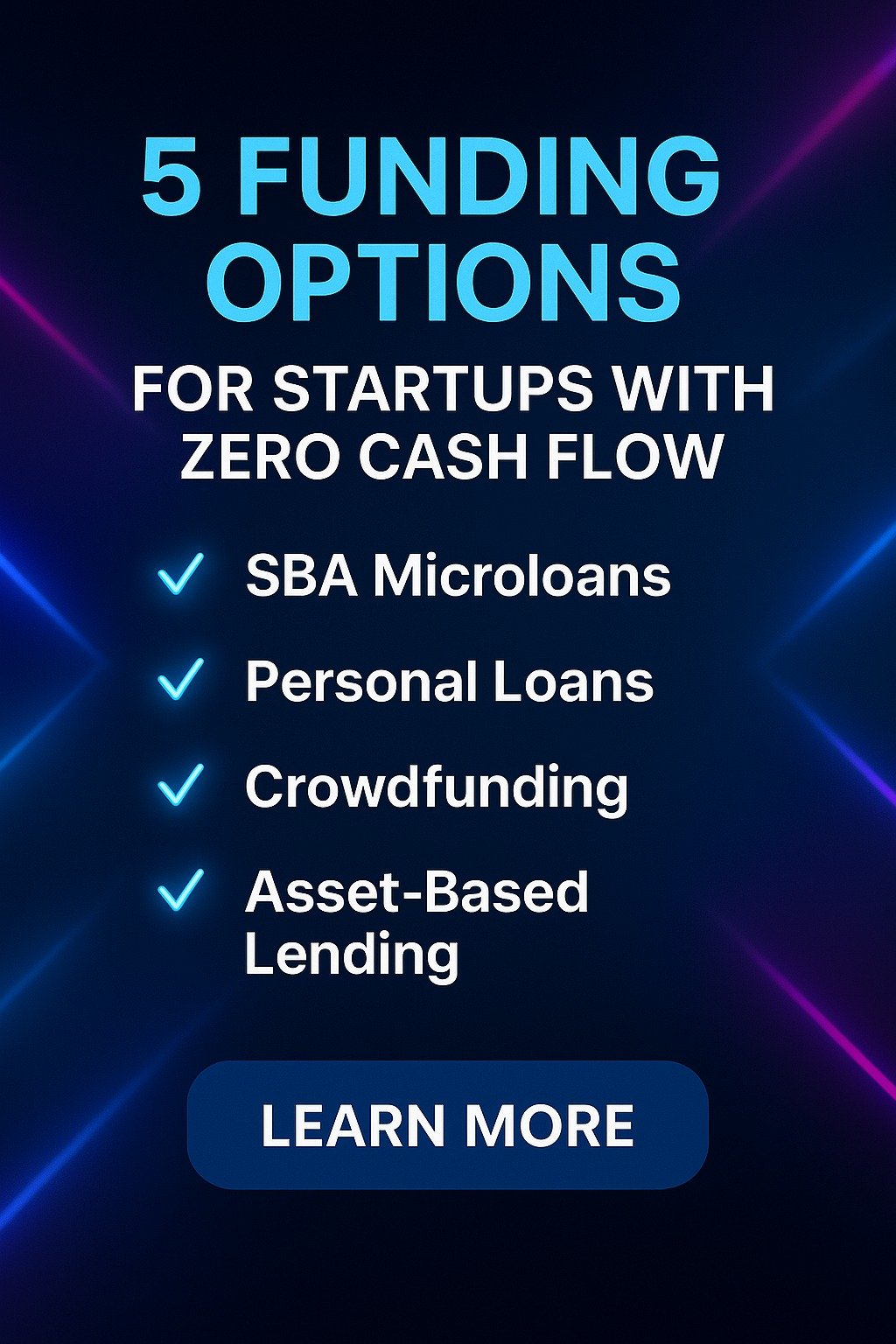Starting a business is exciting — but also expensive. Whether you’re developing your first product, building a website, or renting office space, one challenge comes up fast: getting funding before your business earns a single dollar or pound.
The good news? Even if your business has no revenue yet, there are legitimate ways to get approved for financing in both the United States and the United Kingdom. The key is understanding what lenders look for, what types of loans are realistic, and how to present your business as a low-risk investment.
1. Understand What Lenders Really Want
Before approving any loan, lenders assess risk. When your business has no revenue, they can’t rely on cash flow records — so they focus on other signals of reliability, such as:
- Your personal credit score
- Your business plan and projections
- Your professional background
- Collateral or personal guarantees
- Equity or investment already in the business
Essentially, if you can prove your ability and commitment to repay, lenders will still consider you — even without current income.
2. Build a Strong Business Plan
A detailed, professional business plan can make or break your loan application. Lenders want to see that your business has a clear roadmap toward profitability.
Your plan should include:
- A clear mission statement
- Detailed market analysis
- Realistic financial projections
- A plan for marketing and sales
- Your timeline for growth and break-even
In the USA, lenders like the Small Business Administration (SBA) often request business plans as part of their loan process.
In the UK, institutions like British Business Bank or Start Up Loans Company require similar documentation.
A solid plan shows that you’ve done your homework and have a path to revenue — even if you’re not earning yet.
3. Explore Start-Up Loans and Government Programs
If you have no revenue, government-backed loans are often the best starting point.
In the USA
- SBA Microloans: Designed for new or small businesses, offering up to $50,000. Revenue isn’t required, but a strong plan and personal credit are.
- Community Development Financial Institutions (CDFIs): These mission-driven lenders are more flexible and often help early-stage entrepreneurs.
- Local Grants and Business Contests: Many states and cities offer startup grants — check local small business resources or chambers of commerce.
In the UK
- Start Up Loans (by the British Business Bank): You can borrow up to £25,000 with no prior revenue, plus receive mentoring and business advice.
- Prince’s Trust Enterprise Programme: Helps young entrepreneurs (18–30) with funding and training.
- Regional Growth Funds: Many local councils and development agencies offer small business funding with low interest rates.
These programs are ideal for pre-revenue startups since they emphasize potential and planning over cash flow.
4. Use Your Personal Credit and Assets Wisely
If your business has no revenue, your personal financial profile becomes the foundation of your loan application.
To improve your approval odds:
- Maintain a credit score above 680
- Keep personal debt levels manageable
- Be ready to provide personal guarantees
- Offer collateral (car, equipment, savings) if possible
Some lenders offer personal loans for business use — while riskier, they can provide early funding to kickstart operations.
5. Consider Alternative Lenders and Funding Sources
Traditional banks can be strict, but alternative lenders and fintech platforms often approve loans for pre-revenue businesses faster.
Examples:
- Kabbage, BlueVine, and Fundbox (USA)
- Funding Circle and Iwoca (UK)
- PayPal Working Capital for eCommerce sellers
- Revenue-based financing (once you start earning)
You can also explore:
- Business credit cards (great for short-term funding)
- Crowdfunding platforms like Kickstarter or Seedrs
- Angel investors who believe in your idea
These options can help you bridge the gap until you generate consistent revenue.
6. Register and Legitimize Your Business
Lenders are more likely to trust a registered business entity. Make sure you’ve:
- Registered your company (LLC, Limited Company, etc.)
- Opened a business bank account
- Obtained a tax ID or EIN (in the USA)
- Created a business website and professional email
Even if you’re small, these steps build credibility. They signal you’re serious and organized — qualities every lender values.
7. Show Traction Without Revenue
Even if you haven’t earned money yet, you can still prove that your business has momentum.
Examples of non-revenue traction include:
- Signed letters of intent from future clients
- Early user sign-ups or pre-orders
- Product prototypes
- Social media engagement and brand awareness
- Testimonials or media coverage
The more evidence you can show that your business is gaining attention, the more comfortable lenders will feel.
8. Seek Expert Help
Don’t hesitate to get professional help from:
- Accountants or business advisors
- Local Small Business Development Centers (SBDC) in the USA
- Enterprise Nation or British Chambers of Commerce in the UK
These organizations can help refine your business plan, prepare loan documents, and connect you to legitimate lenders that work with startups.
Final Thoughts
Getting approved for a business loan with no revenue is challenging — but absolutely possible. The key is proving your potential, credibility, and readiness to grow.
Focus on:
- A detailed business plan
- Strong personal credit
- Government or microloan programs
- Professional presentation and organization
Remember, every successful company started with zero revenue once. With the right preparation and persistence, you can secure the funding that turns your idea into a thriving business — whether you’re in New York or London.
Would you like me to make this article SEO-optimized (with meta title, description, and keyword placement for Google ranking)?
I can format it for WordPress or blog posting too.
